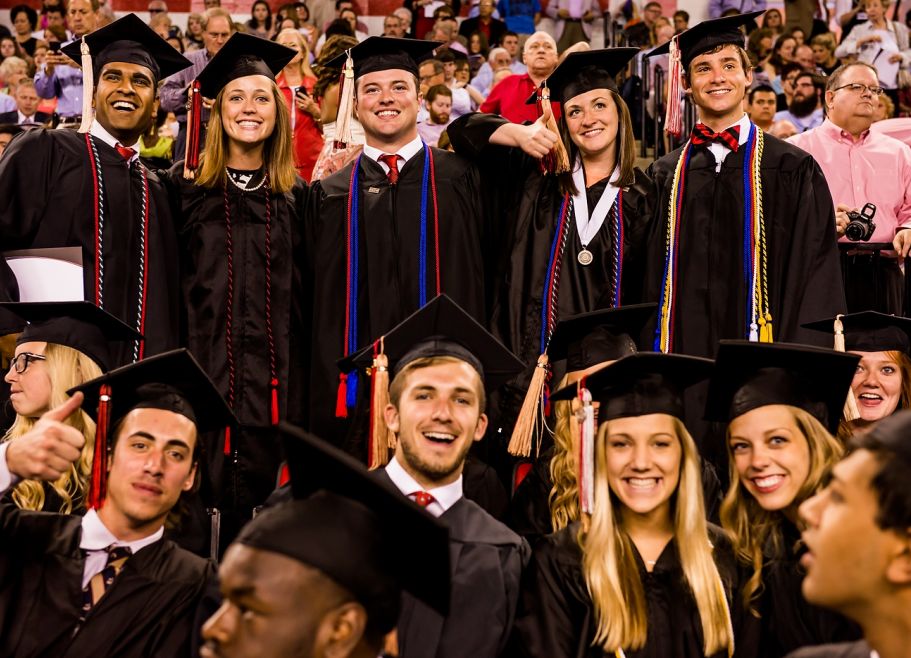JOURNALS || EIJO Journal of Science, Technology and Innovative Research (EIJO – JSTIR) [ ISSN : 2455 - 9938 ]
ABSTRACT
Recommendation systems have seen significant evolution in the field of knowledge engineering. Existing recommendation systems based their models on collaborative filtering approaches that make them simple to implement. However, performance of most of the existing collaborative filtering-based recommendation system suffers due to the challenges, such as: (a) cold start, (b) data sparseness, and (c) scalability. Moreover, recommendation problem is often characterized by the presence of many conflicting objectives or decision variables, such as users’ preferences and venue closeness. Here proposed Mobi Context, a hybrid cloud-based Bi-Objective Recommendation Framework (BORF) for mobile social networks. To address the issues pertaining to cold start and data sparseness, the BORF performs data pre-processing by using the Hub-Average (HA) inference model. Moreover, the Weighted Sum Approach (WSA) is implemented for scalar optimization and an evolutionary algorithm (NSGA-II) is applied for vector optimization to provide optimal suggestions to the users about a venue. Comprehensive experiments on a large-scale real dataset confirm the accuracy of the proposed recommendation framework.
Keywords: Cloud, System, Data, Mobi, NGSA, HA, WSA, BORF.
[1]. A. Majid, L. Chen, G. Chen, H. Turab, I. Hussain, and J. Woodward, “A Context-aware Personalized Travel Recommendation System based on Geo-tagged Social Media Data Mining,” International Journal of Geographical Information Science, pp. 662-684, 2013.
[2]. M. Ye, P. Yin, and W. Lee, “Location recommendation for location-based social networks,” In Proceedings of the 18th SIGSPATIAL International Conference on Advances in Geographic Information Systems, ACM, pp. 458-461, 2010.
[3]. Y. Zheng, L. Zhang, X. Xie, and W.Y. Ma, “Mining interesting locations and travel sequences from gps trajectories,” In Proceedings of the 18th international conference on World wide web, ACM, pp. 791-800, 2009. IEEE Transactions on Cloud Computing, (Volume:PP , Issue: 99 ),17 June 2015.
[4]. C. Chow, J. Bao, and M. Mokbel, “Towards Location-Based Social Networking Services,” In Proceedings of the 2nd ACM SIGSPATIAL International Workshop on Location Based Social Networks, ACM, pp. 31-38, 2010.
[5]. P. G. Campos, F. Díez, I. Cantador, “Time-aware Recommender Systems: A Comprehensive Survey and Analysis of Existing Evaluation Protocols,” User Modeling and User-Adapted Interaction, vol. 24, no.1-2, pp. 67-119, 2014.
[6]. A. Noulas, S. Scellato, N. Lathia, and C. Mascolo, “A Random Walk around the City: New Venue Recommendation in Location-Based Social Networks,” In Proceedings of International Conference on Social Computing (SocialCom), pp.144-153, 2012.
[7].Y. Doytsher, B. Galon, and Y. Kanza, “Storing Routes in Sociospatial Networks and Supporting Social-based Route Recommendation,” In Proceedings of 3rd ACM SIGSPATIAL International Workshop on Location-Based Social Networks, ACM, pp. 49-56, 2011.
[8]. S. Seema, and S. Alex, “Dynamic Bus Arrival Time Prediction, using GPS Data,” In Proceedings of the Nat. ConferenceTechnological Trends (NCTT), pp. 193-197, 2010.
[9]. B. Chandra, S. Bhaskar, “Patterned Growth Algorithm using Hub-Averaging without Pre-assigned Weights,” In Proceeding of IEEE International Conference on Systems, man, and Cybernetics(SMC), pp.3518-3523, 2010.
[10]. B. Hidasi, and D. Tikk, “Initializing Matrix Factorization Methods on Implicit Feedback Database,” Journal of Universal Computer Science, vol. 19, no. 12, pp. 1835-1853, 2013.
[11]. C. Chitra and P. Subbaraj, “A Non-dominated Sorting Genetic Algorithm for Shortest Path Routing Problem in Computer Networks,” Expert Systems with Applications, vol. 39, no. 1, pp. 1518-1525, 2012.
[12]. Y. Wang, S. Wang, N. Stash, L. Aroyo, and G. Schreiber, “Enhancing Content-Based Recommendation with the Task Model of Classification,” In Proceedings of the Knowledge and Management, pp. 431-440, 2010.
[13]. J. Bobadilla, F. Ortega, A. Hernando, A. Gutiérrez, “Recommender Systems Survey,” Knowledge-Based Systems, vol.46, pp. 109-132, 2013.
[14]. J. Bao, Y. Zheng, M.F. Mokbel, “Location-based and Preference Aware Recommendation using Sparse Geo-Social Networking Data,” In Proceeding of 20th International Conference on Advances in Geographic Information Systems, ACM New York, pp.199-208, 2012.
[15]. M. Ribeiro, A. Lacerda, A. Veloso, and N. Ziviani, “ParetoEfficient Hybridization for Multi-objective Recommender Systems,” In Proceeding of 6th ACM Conference on Recommender Systems, pp. 19-26, 2012.
[16]. K. Deb, A. Pratap, S. Agarwal, and T. Meyarivan, “A Fast and Elitist Multi-objective Genetic Algorithm: NSGA-II,” IEEE Transaction on Evolutionary Computations, vol. 6, no. 2, pp. 182-197, 2002.
[17]. H. Nasiri, M. Maghfoori, “Multiobjective Weighted Sum Approach Model reduction by Routh-Pade approximation using Harmony Search,” Turkish Journal of Electrical Engineering and Computer Science, vol. 21, no. 2, pp. 2283-2293, 2013.
[18]. J. Abimbola, “A Non-linear Weights Selection in Weighted Sum Information, vol. 27, no. 3, 2012.
[19]. Paired t test. Wiley Encyclopedia of Clinical Trials, 2008.



